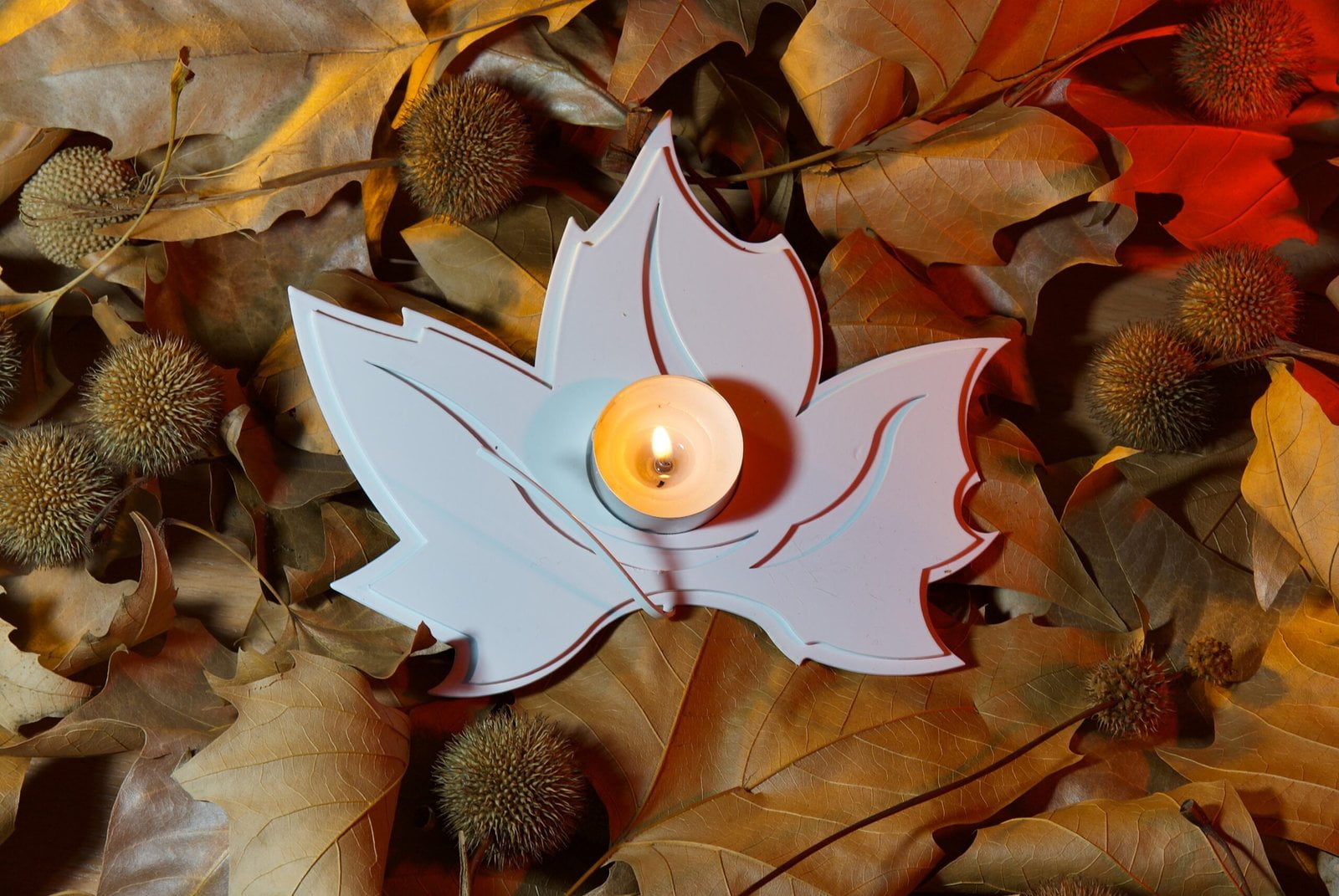
Introduction
When it comes to trading in the stock market, understanding candlestick patterns is crucial. Two common candlestick patterns that often cause confusion among traders are the Doji and Wick candlesticks. While they may appear similar at first glance, there are significant differences between the two that can impact your trading decisions. In this blog post, we will delve into the details of these candlestick patterns and help you differentiate between them.
The Doji Candlestick
The Doji candlestick pattern is known for its distinct appearance of having almost no body. It occurs when the opening and closing prices of an asset are virtually the same. The resulting candlestick shape resembles a cross or a plus sign. The length of the upper and lower shadows can vary, indicating the range between the highest and lowest prices during the session.
Doji candlesticks are often seen as a sign of indecision in the market. They suggest that buyers and sellers are in equilibrium, and neither party has gained control. Traders interpret the Doji candlestick as a potential reversal or continuation signal, depending on the context and preceding price action. It’s important to consider the overall market trend and other technical indicators to validate the significance of a Doji candlestick.
The Wick Candlestick
The Wick candlestick, also known as the shadow or tail, refers to the thin lines that appear above and below the body of the candlestick. These lines represent the range between the high and low price levels reached during the trading session. The length of the wick provides valuable information about the strength of buying or selling pressure.
-----Cryptonews AD----->>>Sign up for a Bybit account and claim exclusive rewards from the Bybit referral program! Plus, claim up to 6,045 USDT bonus at . https://www.bybit.com/invite?ref=PAR8BE
<<<-----Cryptonews AD-----
Long wicks indicate significant price movement, indicating that buyers or sellers managed to push prices to extreme levels before the market reversed. On the other hand, short wicks suggest a lack of conviction among market participants, with prices remaining relatively stable throughout the session.
Differentiating Doji and Wick Candlesticks
While both Doji and Wick candlesticks can have long or short wicks, their main difference lies in the body of the candlestick. Doji candles have little to no body, indicating a balance between buyers and sellers. In contrast, Wick candles have a noticeable body, representing a clear difference between the opening and closing prices.
Traders often use Doji candlesticks to identify potential reversals in the market. They look for patterns such as the Morning Star or Evening Star formation, where a Doji candle is followed by a strong bullish or bearish candlestick. In contrast, Wick candlesticks are often used to confirm the strength of a trend. For example, a long Wick on a bullish candlestick suggests strong buying pressure and further upward movement.
Conclusion
Understanding the difference between Doji and Wick candlesticks is essential for successful trading. While Doji candles indicate a temporary pause or indecision, Wick candles provide insights into price volatility and momentum. By incorporating these patterns into your technical analysis, you can make more informed trading decisions and increase your chances of success in the market.
Understanding the Difference Between Doji and Wick Candlesticks
https://bitcoinik.com/understanding-the-difference-between-doji-and-wick-candlesticks/feed/
https://bitcoinik.com/understanding-the-difference-between-doji-and-wick-candlesticks/feed/




